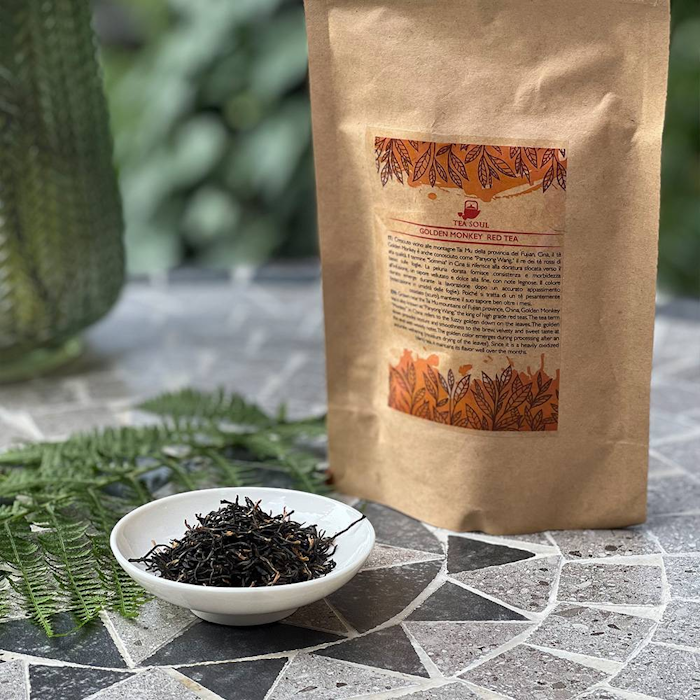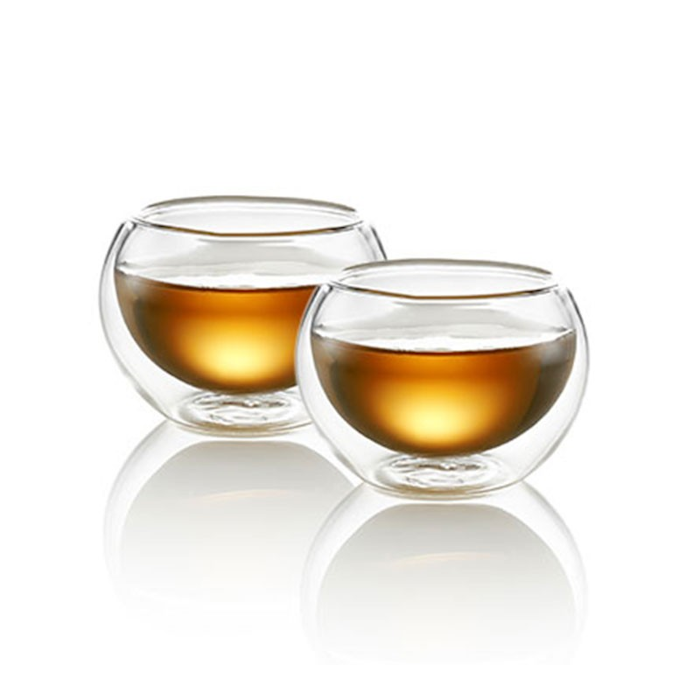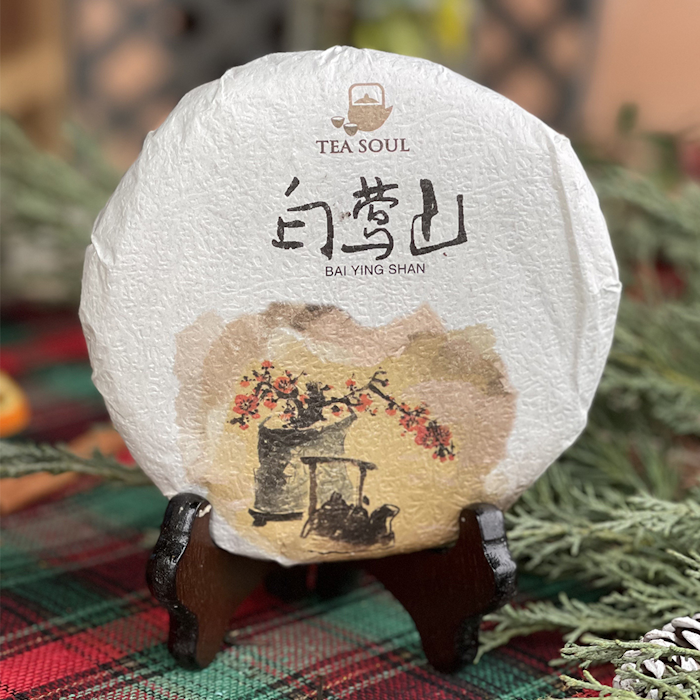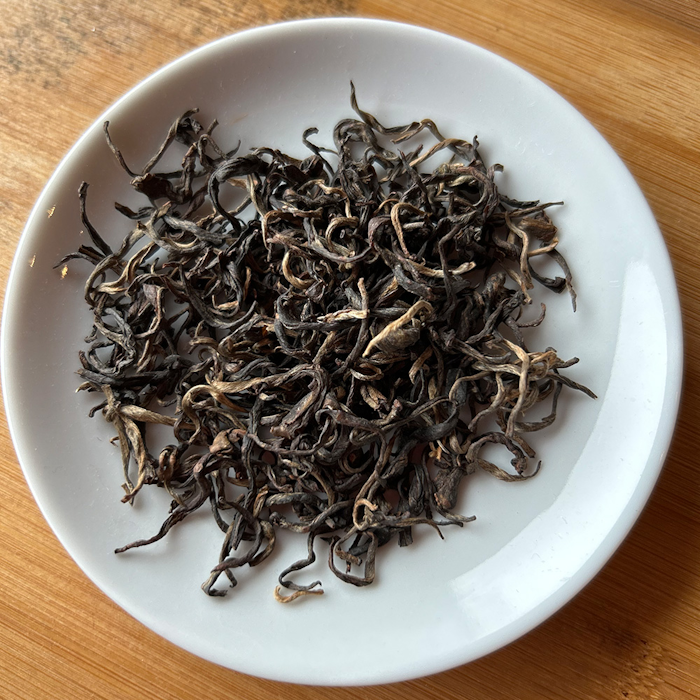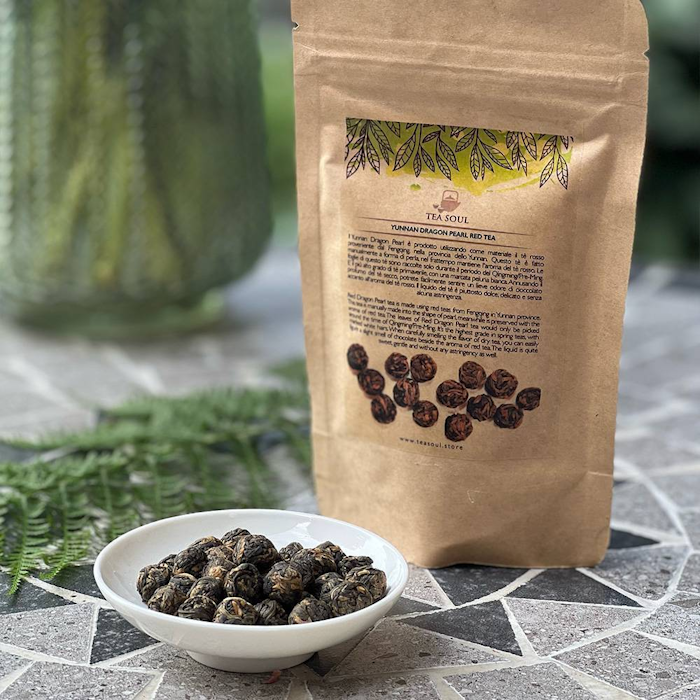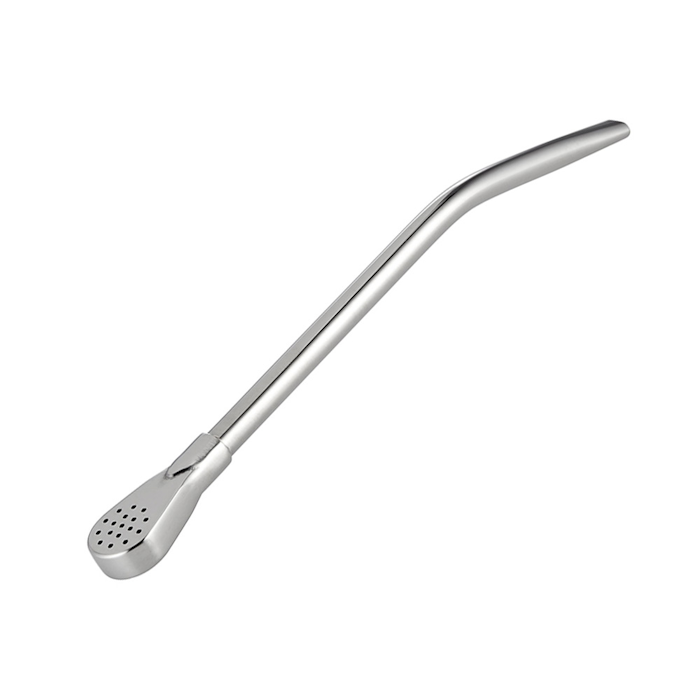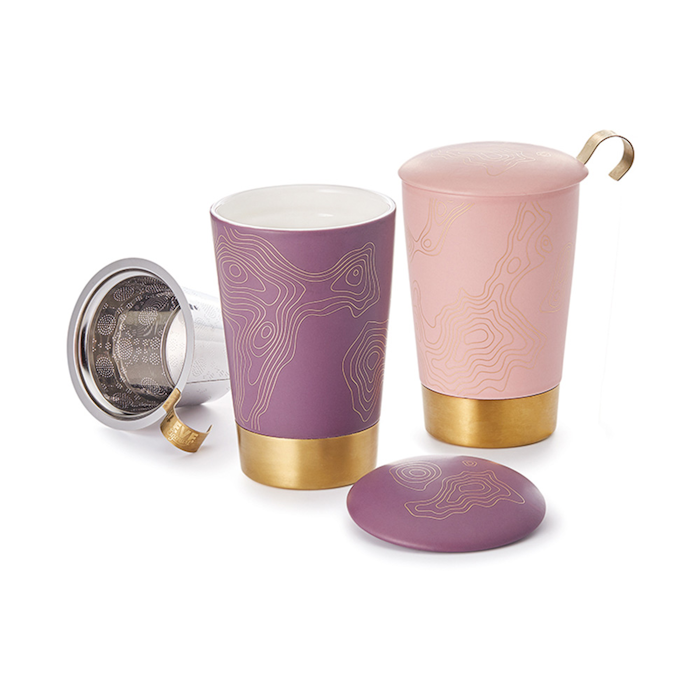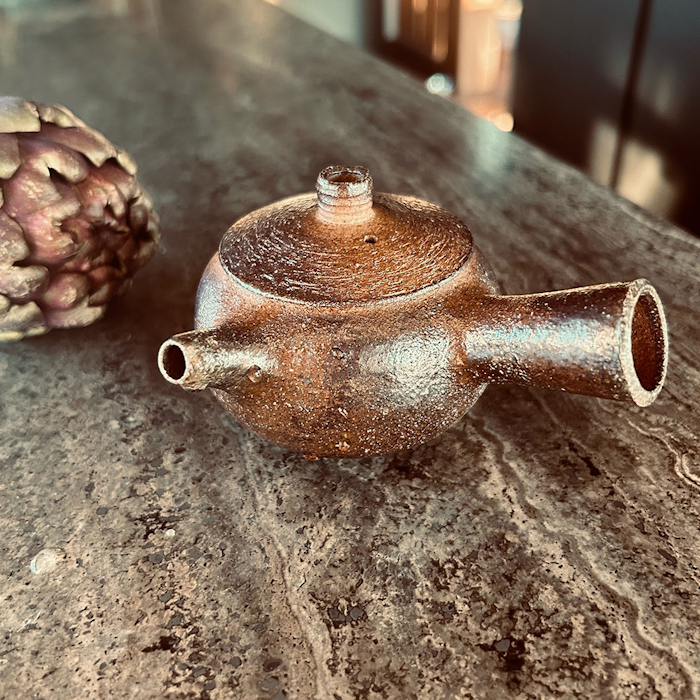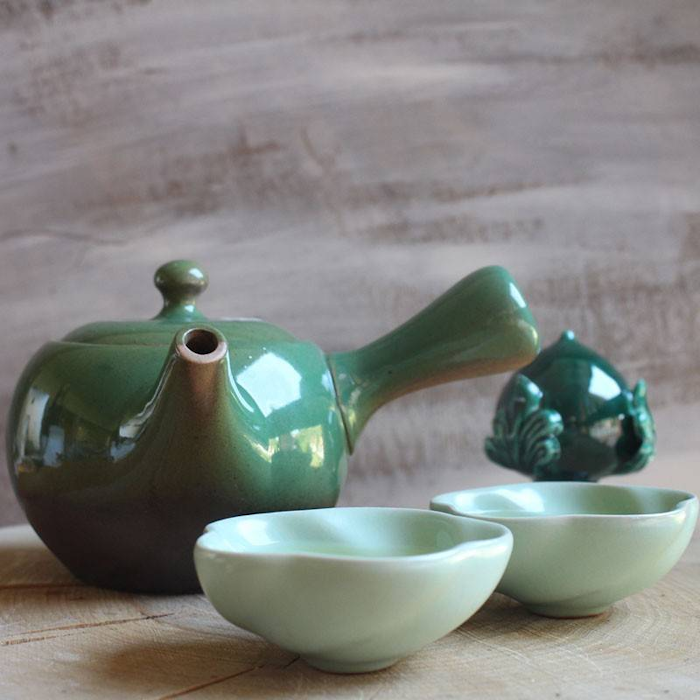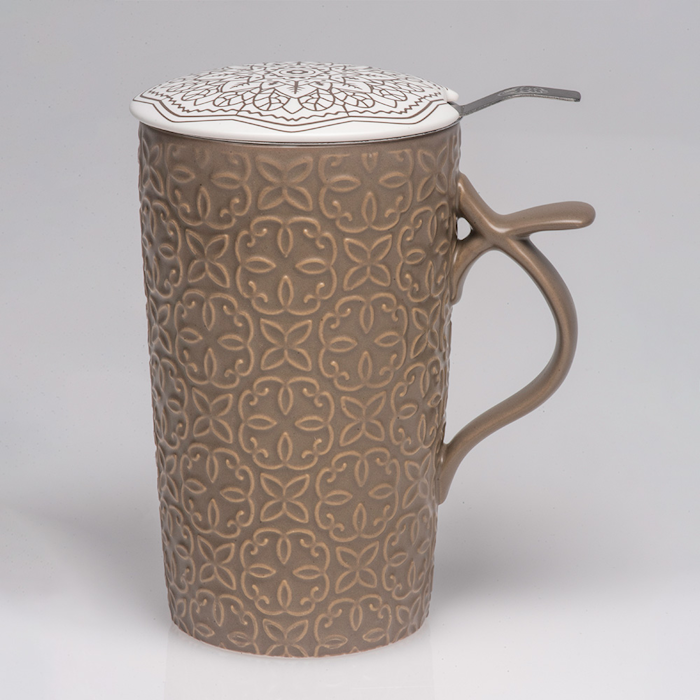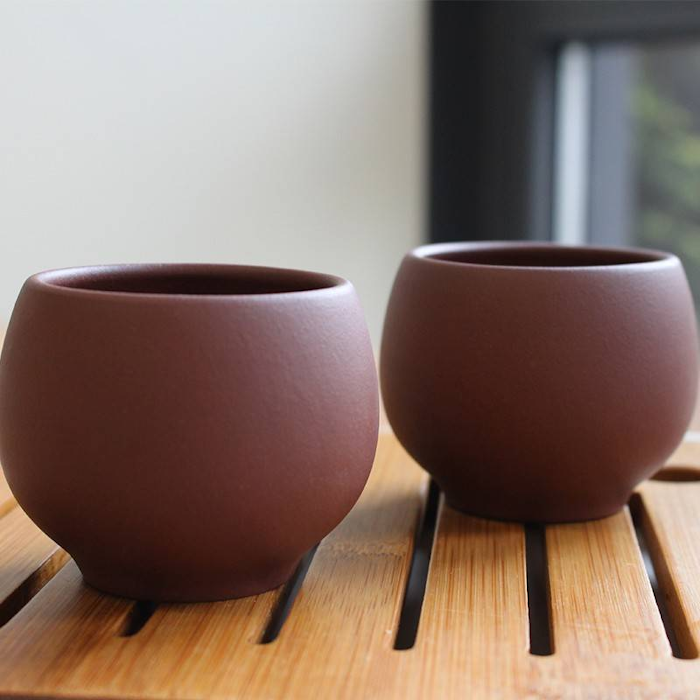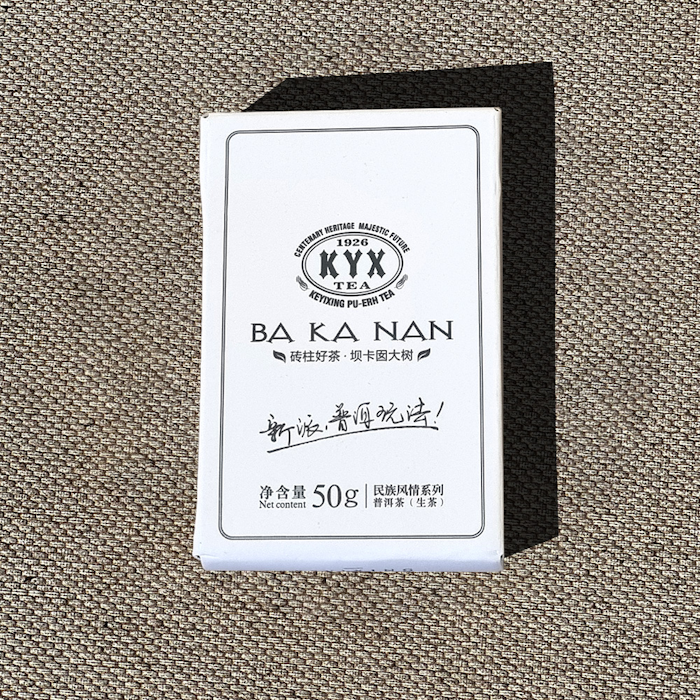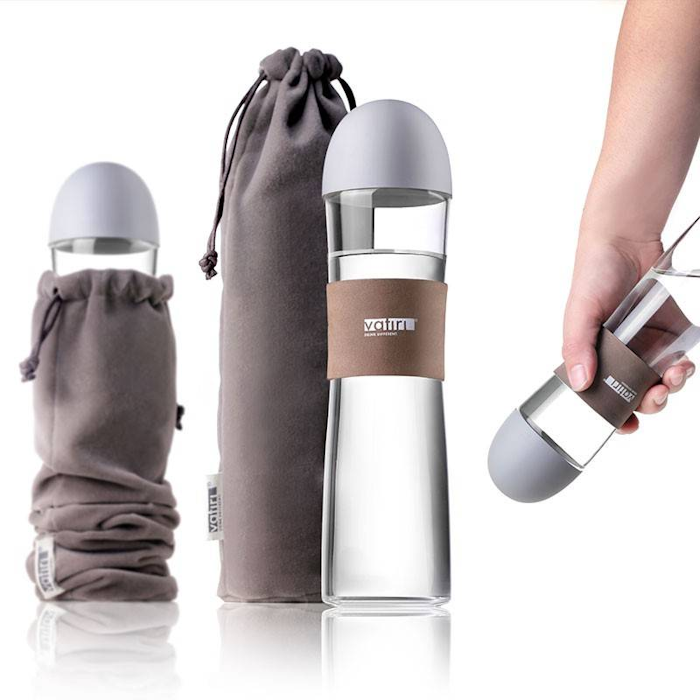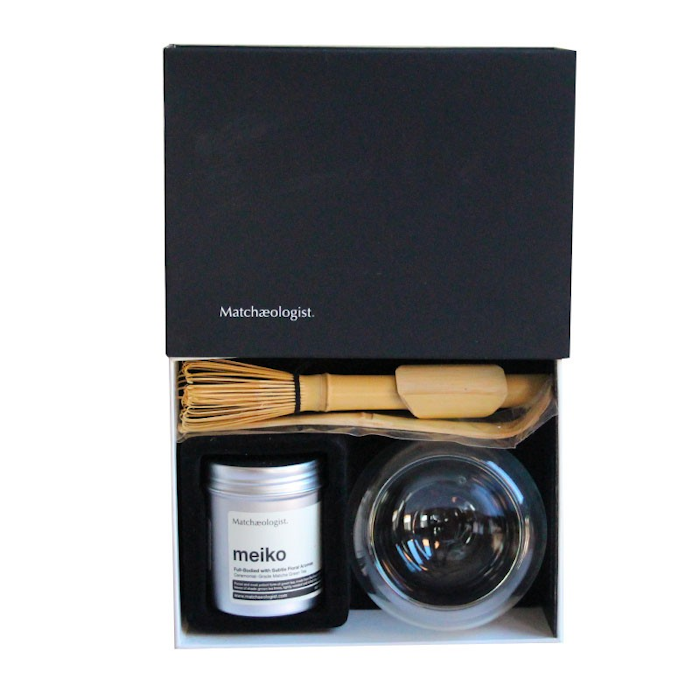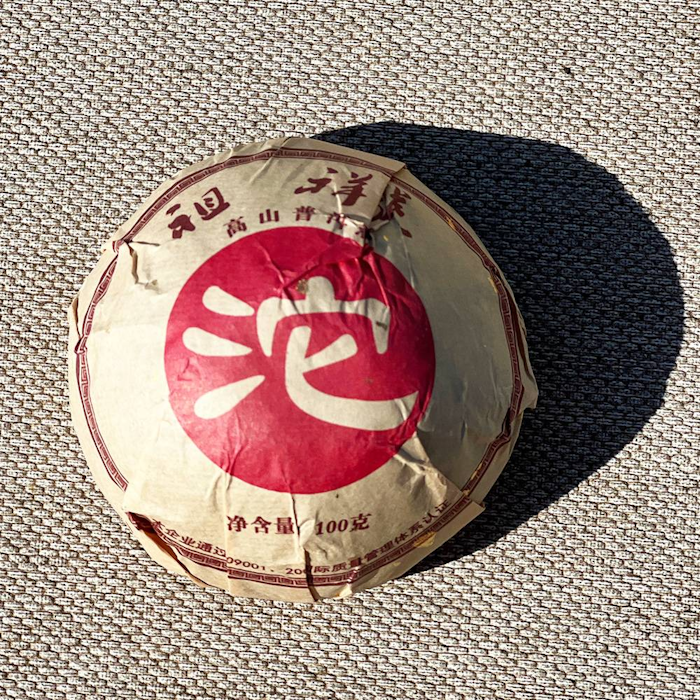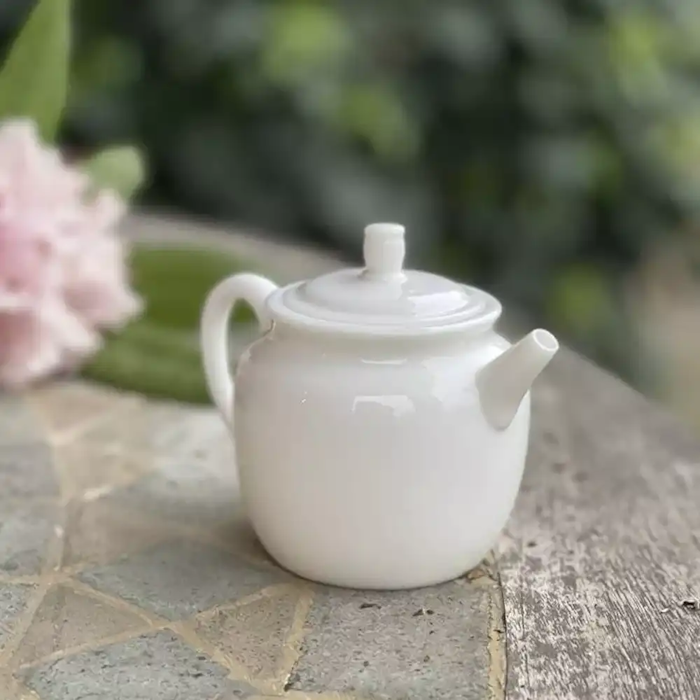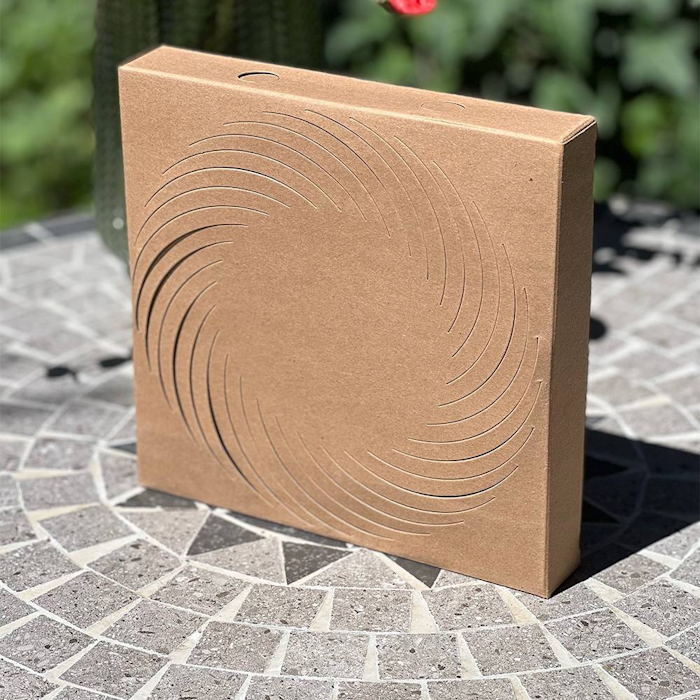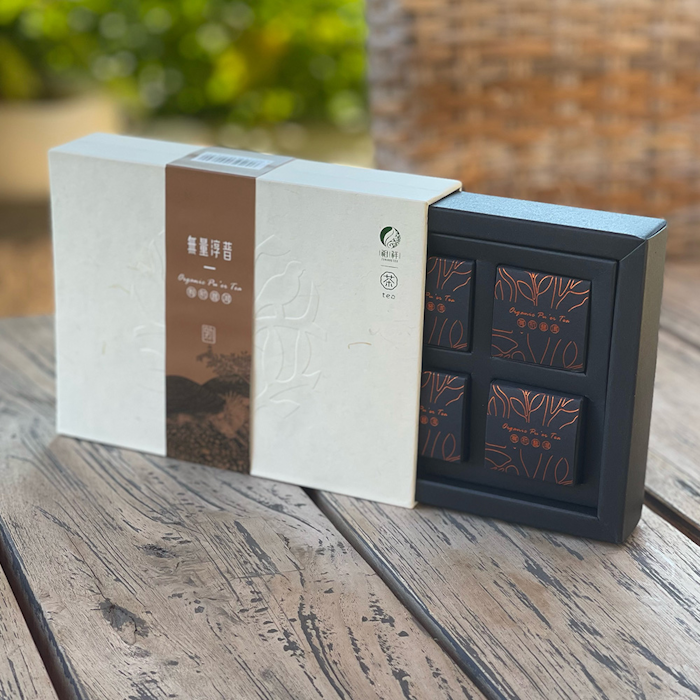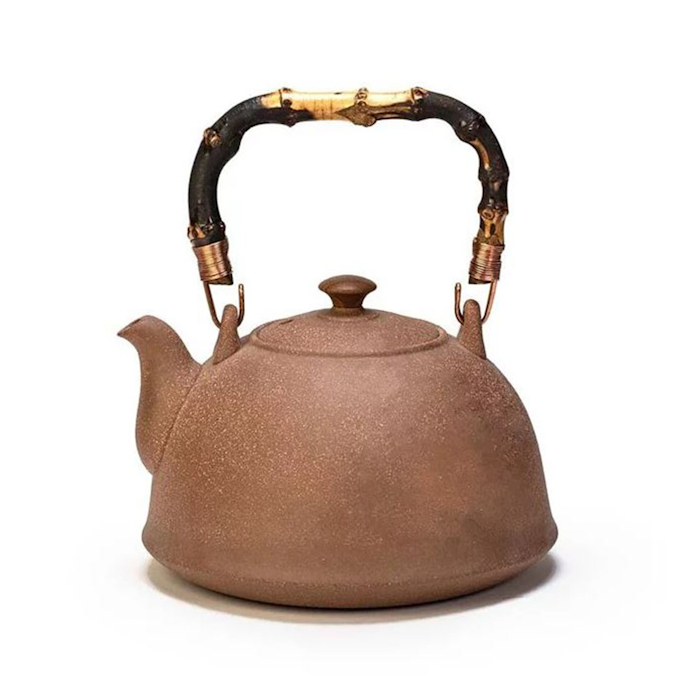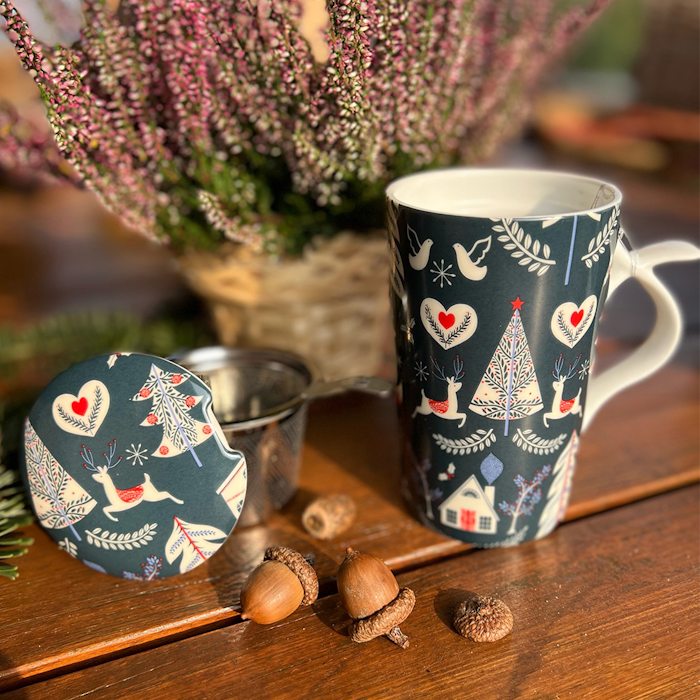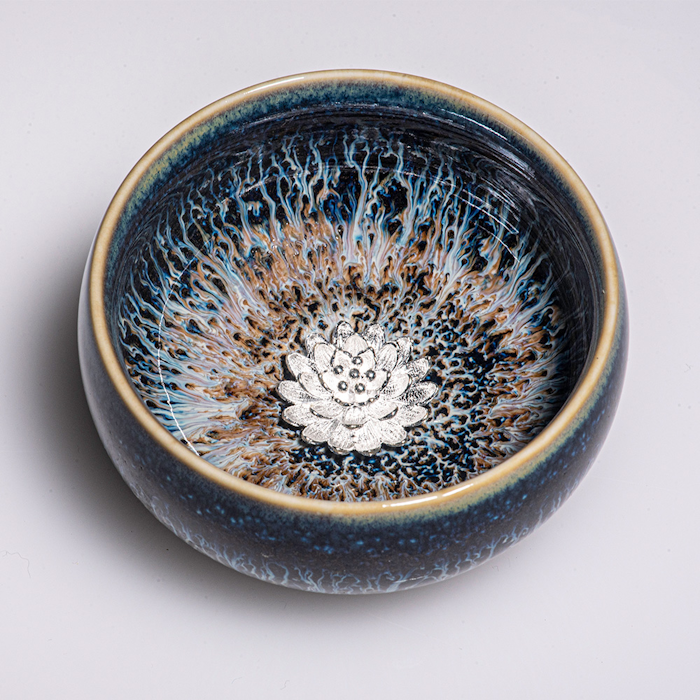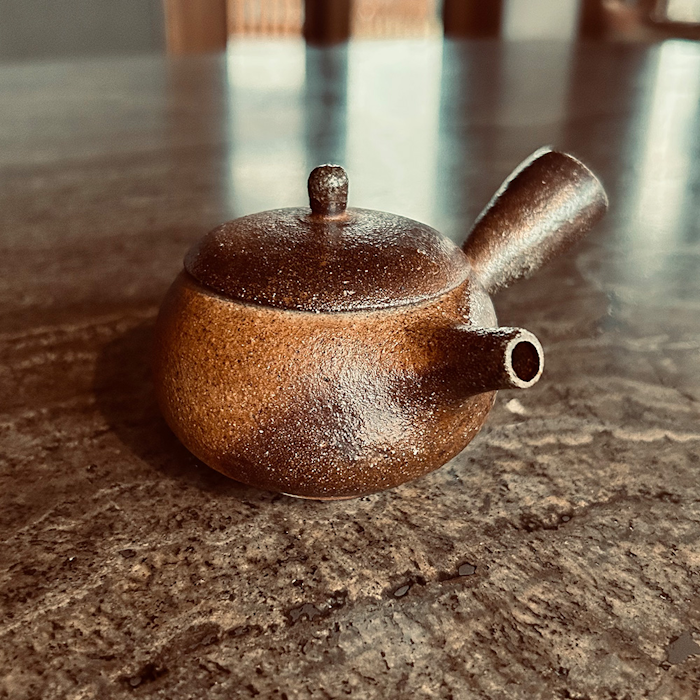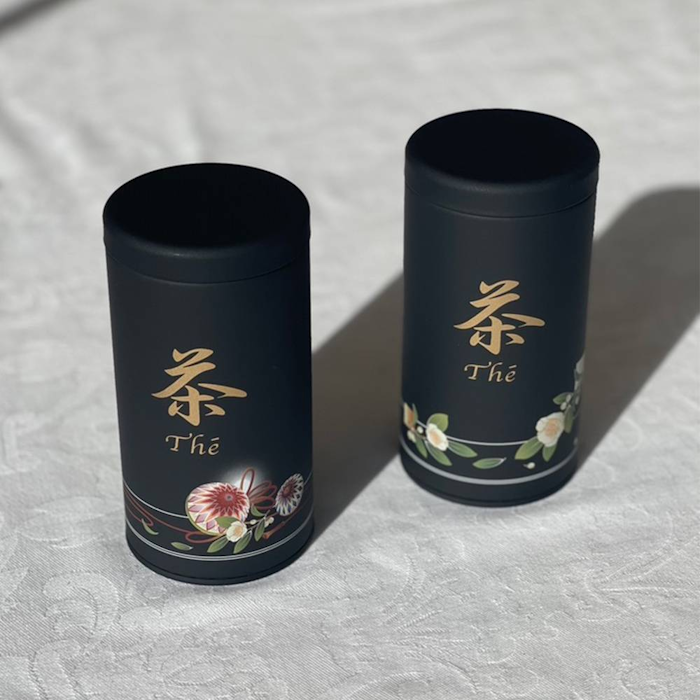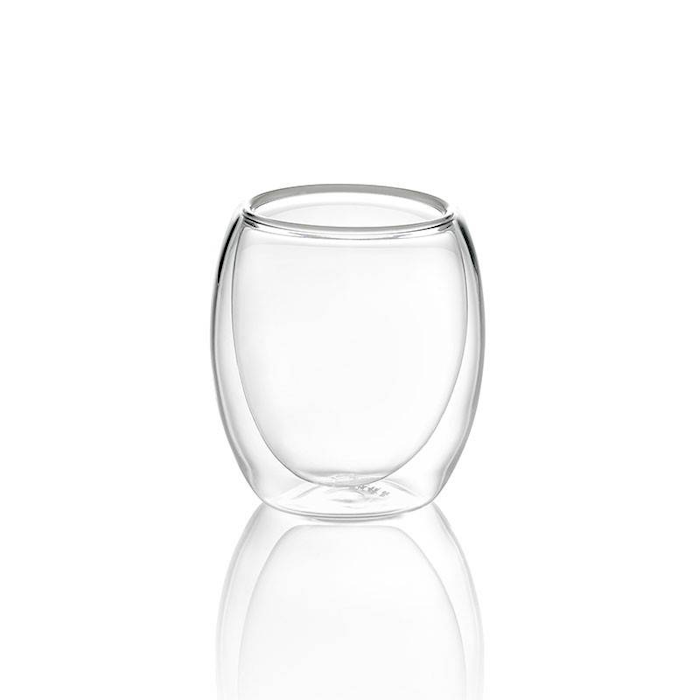The leaves of this puer come from the Bulang area located in southern China. To go about framing the category of puer teas we need to go into more detail about the area where these teas grow since in most cases it is the area itself that gives each tea its distinctive name. In our case we are in the central part of the Yunnan region (famous precisely for puer production). This cake was brewed here in the spring of 2012.
Puer Sheng (raw) Bu Lang Yin Hao tea is made from Silver Needle tea leaves harvested from tea trees more than 300 years old, in the Bulang Mountains at an average elevation of about 1220 mt. This tea is stone-pressed by the traditional method. It has the typical characteristics of Bulang tea: bitter, with a hint of honey and some astringency.
Location of origin
Bulang Mountains, China
Production
After harvesting, the leaves are left to wither in the sun for a certain amount of time depending on the producer before going through the "green killing" stage, which is purely similar to that used to produce green tea. The particularity in this case lies in not heating the leaves as much as is done for a green tea so that certain enzymes are preserved that modify the flavors over time. Once the leaves are cooked they are allowed to rest overnight before concluding the drying process in the sun. Once here the maocha is obtained which will then be pressed in order to facilitate better transport and aging conditions. To press the leaves they are invested by a strong jet of steam that is able to soften them externally without varying their internal moisture and, once this state is reached, it is enough to put them in a sack and close it very tightly around them to give them the desired shape. In order for this structure to remain fixed over time, the sack is left under a stone for hours while the leaves lose that steam with which they had been in contact in the previous stage.
Preparation
We strongly recommend infusing this tea in the traditional Chinese method (gong fu cha) to enjoy these leaves at their best. Following this preparation, 7 grams of leaves (about 4 teaspoons) can be used in a gaiwan of about 100 ml to obtain multiple infusions with different tastes. After a quick rinse of the leaves in water at 95°C, a first infusion of 10 seconds can be made, and after that, keeping the water at the same temperature, the time can be increased each time by 5 seconds from the previous infusion (10 - 15 - 20 ...)
This tea has a longevity of about 8 infusions.
For a classic preparation according to the Western style, we recommend 3 grams of leaves (about 2 teaspoons) in a 150 ml cup with water at 95°C for an infusion time of one and a half minutes.
The tea can be filtered for ease when tasting and also the infusion times given above here are meant to be purely indicative so you can also adjust according to your personal taste.
It is recommended to be stored in a cool and dry place away from direct sunlight.










